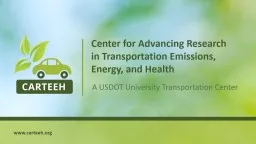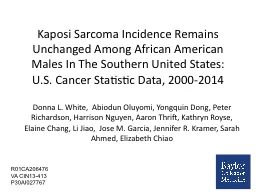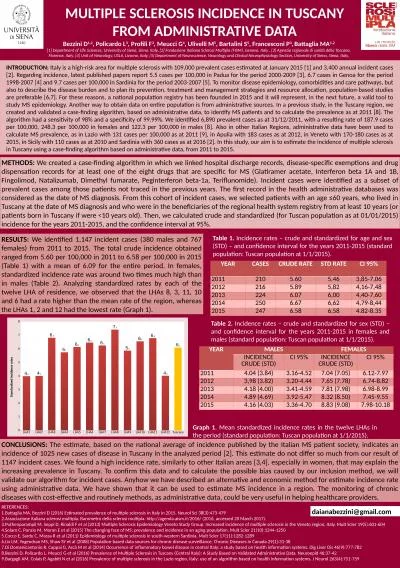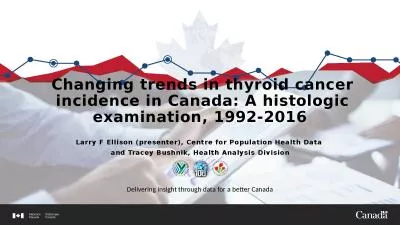PPT-Students with Low Incidence Disabilities
Author : pamella-moone | Published Date : 2017-05-09
A Focus on Incidence When the issue at hand for students with disabilities centers on the provision of services in local schools the availability of qualified personnel
Presentation Embed Code
Download Presentation
Download Presentation The PPT/PDF document "Students with Low Incidence Disabilities" is the property of its rightful owner. Permission is granted to download and print the materials on this website for personal, non-commercial use only, and to display it on your personal computer provided you do not modify the materials and that you retain all copyright notices contained in the materials. By downloading content from our website, you accept the terms of this agreement.
Students with Low Incidence Disabilities: Transcript
Download Rules Of Document
"Students with Low Incidence Disabilities"The content belongs to its owner. You may download and print it for personal use, without modification, and keep all copyright notices. By downloading, you agree to these terms.
Related Documents

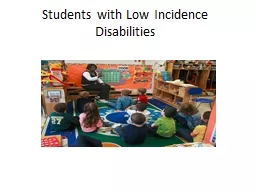
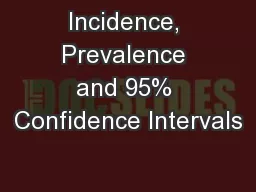
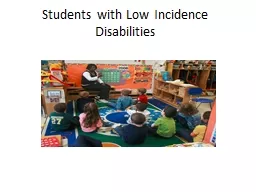
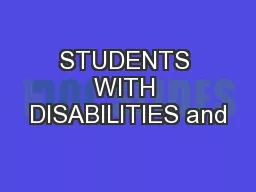

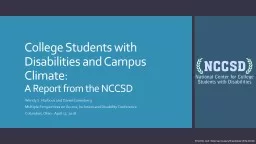
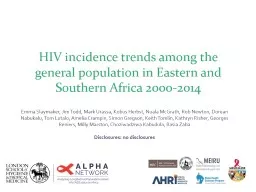
![[READ] Low Carb: Low Carb Weight Loss Secrets Box Set (Dash Diet, Slow Cooker Meals, Low](https://thumbs.docslides.com/881235/read-low-carb-low-carb-weight-loss-secrets-box-set-dash-diet-slow-cooker-meals-low-carb-cookbook-low-carb-recipes-low-car.jpg)

